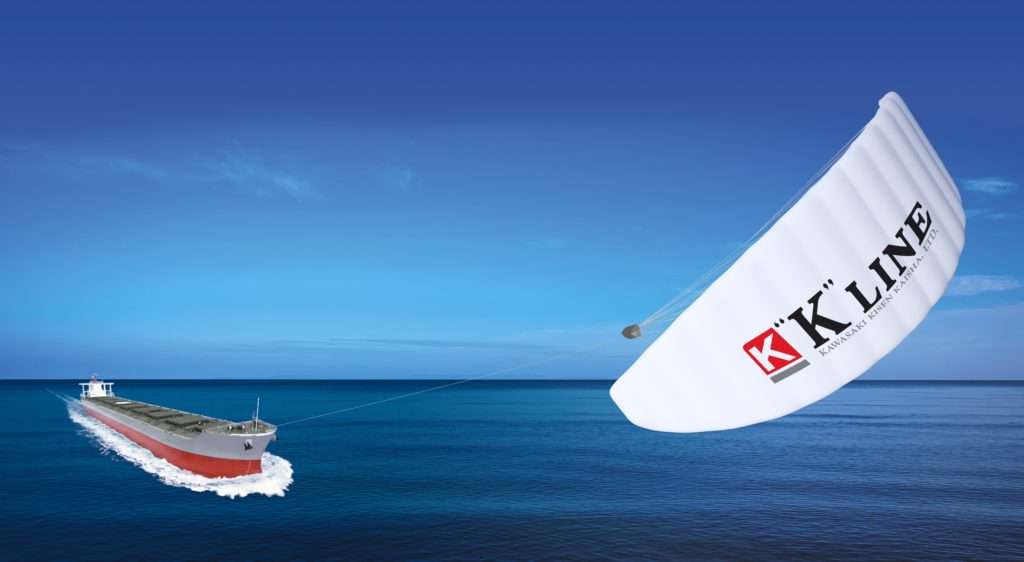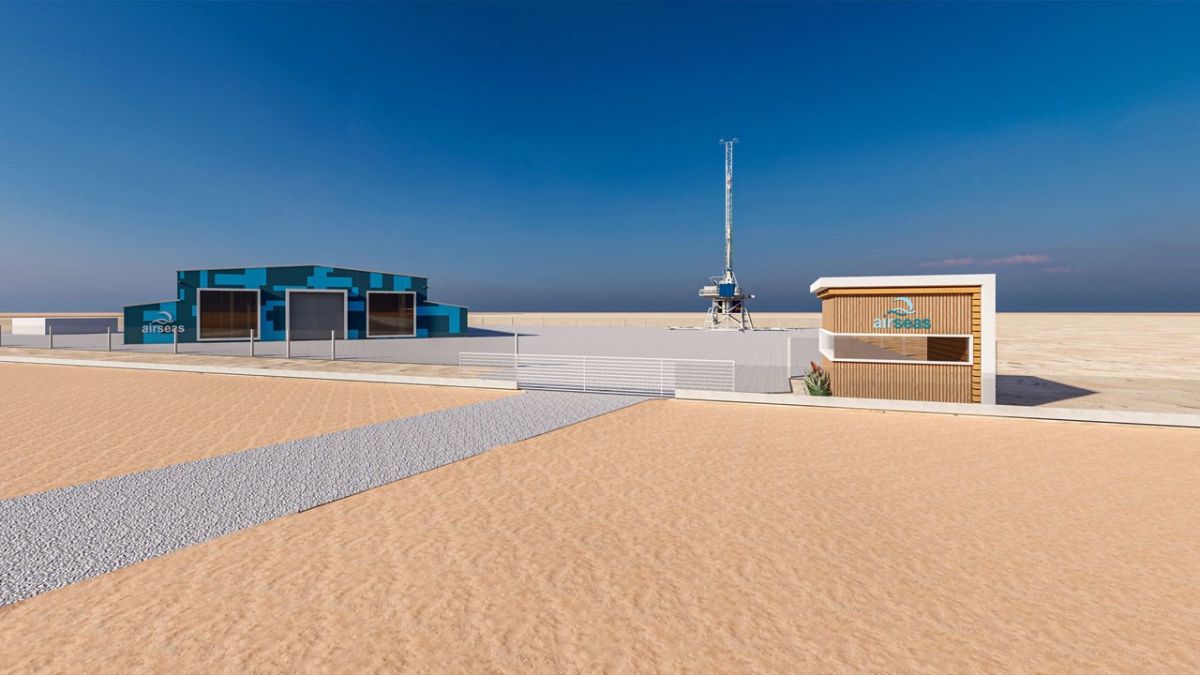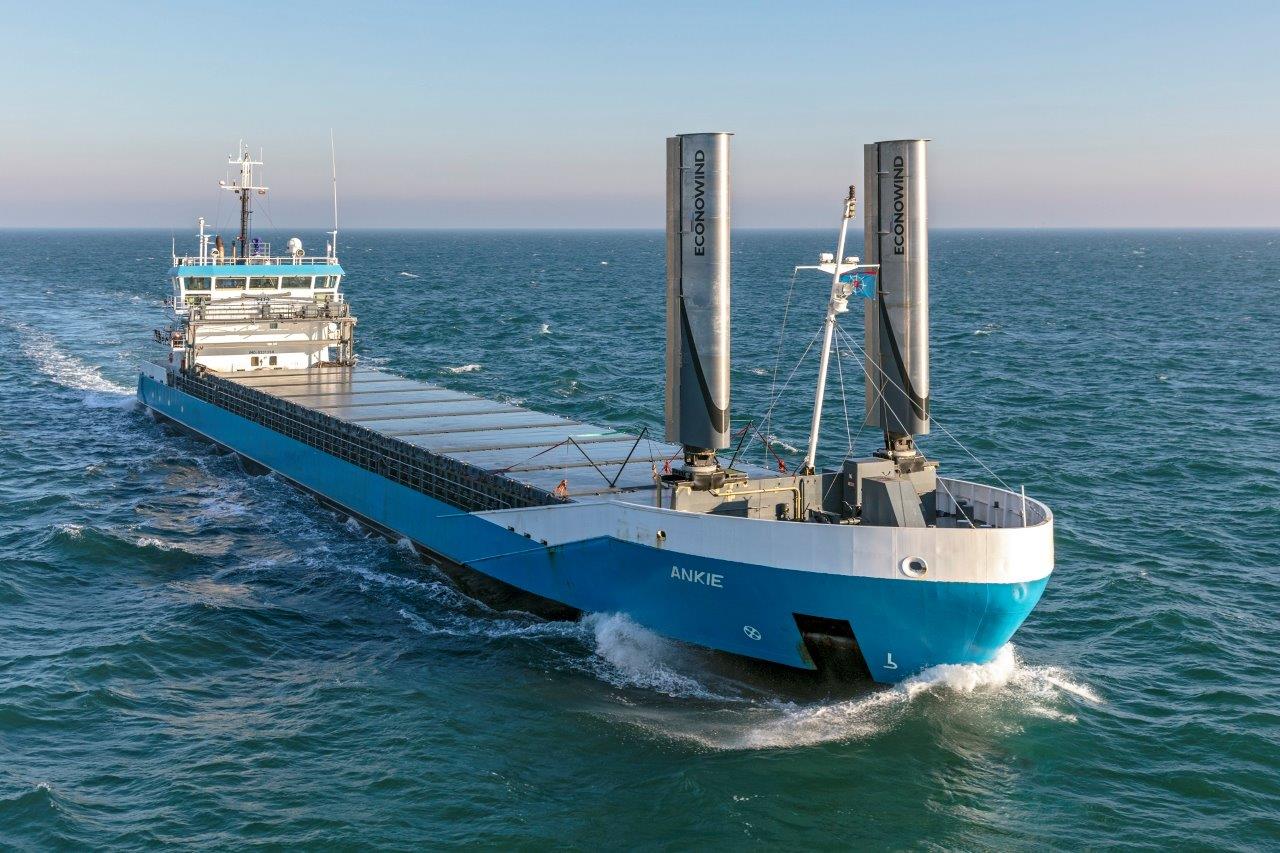We’ve been looking deeply into the evolving shape of wind technologies for shipping in recent months, both within the regular Fathom World updates and the Aronnax podcast, with key interviews and assessments.
For this update Fathom World editorial director Craig Eason spoke to three of the new entrants to the club, BAR Technologies, BlueWASP and Airseas about the need for a holistic picture when it comes to ship and sail.
If you have ever followed the high drama of the high stakes ocean racing competitions like the Louis Vuitton race, the Vendee Globe and in particular the America’s Cup you will be familiar with the multimillion dollar investments and excruciatingly high budgets. You will also be familiar with the drama and tension and in particular the secrecy of the technology inside the yachts.
It is from this world of the wealthy that UK-based design firm BAR Technologies has emerged, a world where key advantages in technology and software systems, including CAD designs and performance applications can lead to shaving seconds off a race time, winning and losing.
BAR Technologies, where the BAR stands originally for Ben Ainslie Racing is now taking all that experience and applying it to the totally different ocean world of commercial shipping, where 40 knot speeds are replaced by 14 knots, and sleek designs replaced with steel.
Simon Schofield ran the design and engineering team for Ben Ainslee Racing for a number of years, working on perfecting that relationship between sail, hull, water, and weather. It is this knowledge and design capabilities that is now being taken into BAR Technologies as it has now entered the nascent wind propulsion market in the industrial shipping sector.
Those huge rigid wing sails that appeared in the America’s cup a few years ago are the same size as a Boeing 747 airplane wing. Talking to Fathom World about the evolution of the technology and the ability to adapt it to commercial shipping, Schofield says the actual sail technology is not directly transferable to a large bulk carrier, tanker, or tonnage, but there are optimisation and performance tools that have been developed for the high speed precision competitive sailing teams that are.
However the company has won a patent for its commercial solution, which it calls Windwings technology.
It is, he says, a case of optimising the sail design with the hull, and that principle applies as much with an America’s Cup yacht as it does on a large merchant vessel.
No pictures yet.
BAR Technologies has this experience with optimising the rigid wing to the America’s Cup hull to create whole system, and this is what it is now doing for shipping. It has caught the eye of Christian Oldendorff the German family ship owner that co-owns German shipmanager Reederei Nord, and recently launched Amplifier, a venture capital firm to stimulate innovation in shipping.
BAR Technologies CEO John Cooper says that while there is an agreement with Amplifier, and they are talking to Reederi Nord’s engineers, this agreement does not involve an equity injection by Oldendorff, but there is a close relationship between him and BAR Technologies, even a common passion for yacht racing.
Cooper also says they have purposefully not followed many of the other wind assist technology startups and hopefuls by not releasing any images of their commercial designs, preferring to meet and talk quietly with owners and industry rather than launch a media campaign with computer generated images.
That will come later, he says.
The company is also unlikely to need to do tank tests or wind tunnel tests of its designs given the real-life experience it has from the competitive yacht racing industry. The first the industry may see of the company’s Windwings patented system may be close when aa prototype is installed on a bulk vessel.
Holistic
BAR Technologies has its software system and is working on an optimised design for a bulk carrier, Schofield adds that the equations that need to go into determining the impact of a wing design on a hull are many. As an example, he points out how any wind assist system will produce a variable side force and to counteract the side force the ship will produce leeway. This leeway, as any sailor will know will create drag, and this reduces the gain the ship will have had from the sail system. The leeway of course leads to a change in rudder angle and an unoptimized inflow to the propeller and also an engine that may no longer be running at an optimised speed.
“So what we do is use the same techniques we use in developing the sail race boats, with a velocity prediction programme which takes the simulation models and brings them together and optimises the ship as a whole – engine loading, propeller, stability, directional control, trim, wing settings”, he says. “It takes all that learning and integrates it with live weather routing as well.”
While Cooper and Schofield believe this software is unique, BAR is certainly not the only system developer trying to link the wind assist system to measured optimisation. There are others claiming some form of software tool, and a link to weather routing, given that the weather clearly influences system capability.
And there are a shelf of vessel optimisation software already on the market, but these are not dedicated to optimising with wind assist systems.
One German company Skysails is making in roads with an optimization tool after launching a kite system a decade ago that it says was installed on a number of vessels.
However the company said that as a result of the financial crisis and additional low oil prices, ship owners became reluctant to make new investments in innovative technologies and interest in the Skysails kites dropped. It now says the appetite for its solution is growing. and since 2017, it has had one of its devices in operation on the “Race for Water” which has seen a system able to give the vessel 10 knots speed without it using its engines.
“SkySails is the only company in the world that has built, commercialized and practically proven fully automatic kite systems with sizes of up to 400m²,” wrote Skysails CEO Stepfan Wraage. “The company’s broad and global IP portfolio includes over 300 patents and patent applications within 20 international patent families. With 18 years of practical experience and a team of 90 expert staff we are very well prepared for a resurgence of the wind propulsion market”
But another company is also promoting a kite solution. French company Airseas has now taken a strong position into this space..
Airseas is backed by Airbus, the airplane maker based in Toulouse. Airbus has a new RoRo vessel being built for it, to carry airplane parts. This new vessel will, when built, have 500 square meter kite installed, but company signed a contract last year with Japanese bulk carrier owner K-Line to install a larger 1,000 squarer meter sail on a capesise vessel.
Like BAR Technologies, AirSeas business Development Director Luc Reinhardt says the company’s system is partly the visible technology, and partly the software to offer optimisation and automation The kites are far too big for humans to launch and are tethered on a cable enabling them to work at an altitude of about 150m. The kite creates additional thrust by performing figure of eight patterns in the sky.
Talking at the annual Green Ship Technology conference in Copenhagen earlier this year he said that it is “eco-routing” and also a digital twin solution, enabling enhanced safety and control to monitor and have strong business scales for the future.

Blue Wasp
Giovanni Bordogna is one of two recent graduates from Delft University of Technology in the Netherlands. He and his fellow TUDelft graduate Nico van der Kolk are perhaps the first professionals to have PhDs in wind assist technologies. The pair have now formed Blue Wasp, a wind assist consultancy focused on being platform neutral advice for shipowners as well as offering system makers help where needed with things like tank tests and modelling.
“There are a lot of technologies, that can be rigid wings, kites, ventifoils, flettner rotors. Each of these technologies has its own peculiarities in terms of performance, and in terms of ship type, so there is no clear winner in terms of performance,” he says of the market.

“You need to look into more practical issues onboard including operating profile of the ship, where it has to sail, and the type of ship. You need to know the performance of these technologies and understand how it integrates with the ship you are considering,” he says.
He also highlights the fact that most systems being seen in the shipping industry are retrofits, so they are being fitted onto hulls that are not optimised for the specific system, which results in less gains.
“ So if you look at a new build it would look different and the percentage savings would be higher,” he says pointing again to the need for a scientific approach to the integration of sail, ship and environment. Blue Wasp is part of WISP, the Wind Assisted Ship Propulsion joint industry project being coordinated by Dutch research group Marin and US-based class society ABS.
Neither should not be confused with WASP, the EU funded Wind Assisted Ship Propulsion project.


































